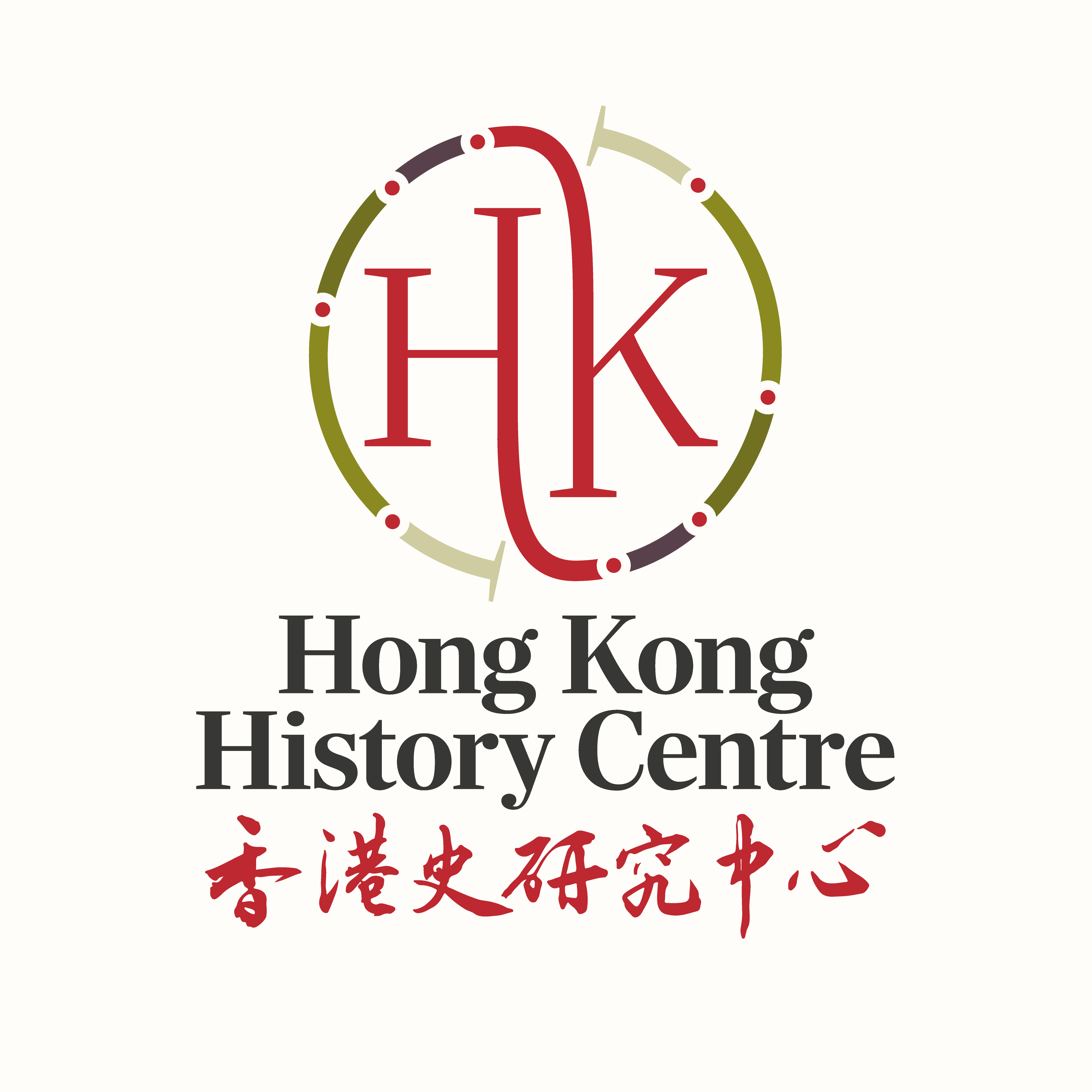
Dr. Kwong Chi Man is an associate professor in the history department of Hong Kong Baptist University. He specializes in the military and naval history of modern East Asia, particularly from the Sino-Japanese War (1894–95) to the 1970s. He has …
17/09/21
Born and raised in Hong Kong, Vivian Kong moved to Bristol to take up the Hong Kong History Project Doctoral Studentship in 2015. After the completion of her BA and MPhil degrees at the University of Hong Kong, she …
22/11/15
By Vaudine England
This week (on 3 September) the Chinese government has decreed a special one-off public holiday (and vast military parade) to mark what it calls China’s victory over Japan 70 years ago. As with all anniversaries, a plethora …
03/09/15Dr. Kwong Chi Man is an associate professor in the history department of Hong Kong Baptist University. He specializes in the military and naval history of modern East Asia, particularly from the Sino-Japanese War (1894–95) to the 1970s. He has …
17/09/21Born and raised in Hong Kong, Vivian Kong moved to Bristol to take up the Hong Kong History Project Doctoral Studentship in 2015. After the completion of her BA and MPhil degrees at the University of Hong Kong, she …
22/11/15By Vaudine England
This week (on 3 September) the Chinese government has decreed a special one-off public holiday (and vast military parade) to mark what it calls China’s victory over Japan 70 years ago. As with all anniversaries, a plethora …
03/09/15